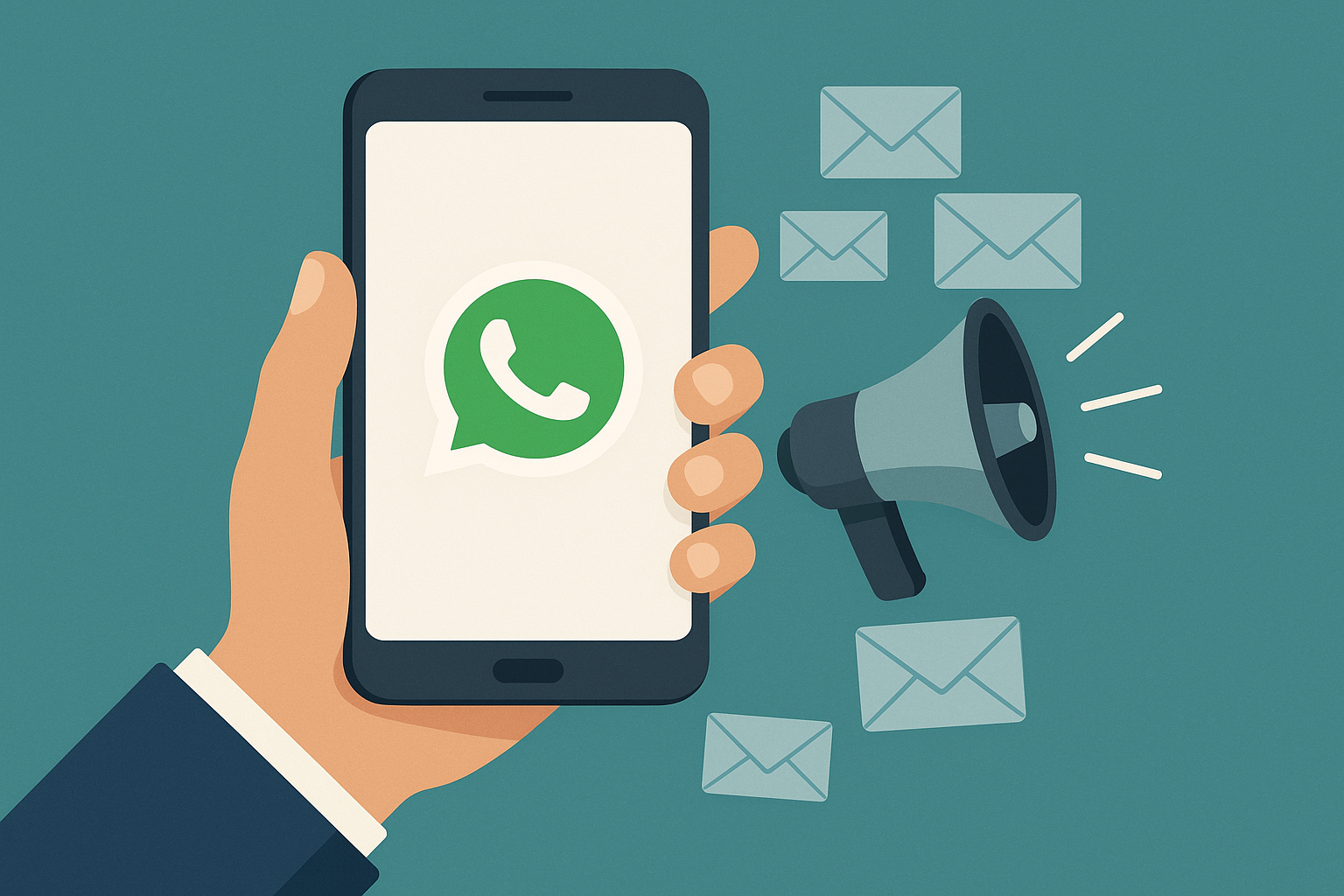Mobile messaging 6 secret tools
Leaders in marketing and customer experience are focused on mobile as a way critic per raggiungere i clienti. E la messaggistica è diventata la priorità per il 2020. Una nuova ricerca di Sinch mostra che i consumatori sono pronti ad abbracciare nuovi formati e funzionalità quando inviano e ricevono messaggi di testo. Vogliono opzioni di messaggistica per interagire con operatori sanitari, banche, negozi e molti altri. (Vedi datagrafo under.)
Utilità degli scenari di messaggistica
To what extent do consumers find value in these industry-specific types of messaging?

Ma anche quando i marchi aziendali si affrettano a creare esperienze mobili coinvolgenti attraverso la messaggistica, ci sono alcune funzionalità e formati che non sono ancora ben compresi. Esaminiamo gli strumenti di messaggistica mobile più interessanti e i modi più convincenti che i marketer e i leader di CX stanno sfruttando i messaggi di testo per coinvolgere i clienti, creare fiducia e generare ricavi.
1. Translations in real time
In alcuni scenari, le due parti che si scambiano messaggi parlano lingue distinte ma hanno bisogno di informazioni in tempo reale. Ad esempio, i turisti che utilizzano servizi di ridesharing (o viceversa, un autista che non parla fluentemente la lingua locale). Inserisci traduzioni in tempo reale. I marchi possono utilizzare gli intermediari di messaggistica per fornire traduzioni in tempo reale delle conversazioni, sia che si tratti di chiacchiere al momento per coordinare un ritiro rideshare, sia di discussioni più tecniche su un prodotto o servizio.
2. Custom video
Molti esperti di marketing non comprendono il disegno di video personalizzati, ma per alcune aziende che dipendono dalla costruzione di relazioni di fiducia. I video personalizzati offrono un modo per creare una connessione umana:
- A personal shopper creates a short personalized video of new arrivals that the customer may want to try
- A home inspector shares a video summary of key findings in his report
- Una carrozzeria registra un video tour dell’auto di un cliente che necessita di riparazioni dopo un incidente; il meccanico spiega ogni fase del processo e i relativi costi
- Un menu di video di una società di home theater per guidare gli utenti attraverso un’installazione fai-da-te di apparecchiature a casa
3. Instant, chat-based customer service
When your customer needs help, an answer to an urgent question may be the only thing stopping them from clicking "buy".
Utilizzando la chat in tempo reale, all’interno dell’app con il marchio o tramite altre app di messaggistica, puoi offrire soluzioni just-in-time. E tieni presente che questo tipo di connettività sempre attiva non è un “bello da avere” ma un “bisogno di avere”. The Facebook search mostra che i consumatori si aspettano tempi di risposta rapidi. Un rispondente ha spiegato: “Se un venditore mi fa aspettare più di 10 minuti, passerò a un altro venditore”.
La stessa ricerca di Facebook ha anche scoperto che la messaggistica è un modo fondamentale per creare fiducia con i clienti. La maggior parte degli intervistati ha riferito che essere in grado di inviare messaggi a un’azienda li ha resi più sicuri del marchio.
4. Response chip
Pensa ai chip di risposta come a un tipo di funzionalità di chatbot, ma elimina gli errori che si presentano quando gli AI tentano di comprendere il linguaggio umano. Un tipico chatbot interagisce con i clienti interpretando le domande umane e generando una risposta da una serie limitata di script. Queste sono opzioni eccellenti per rispondere a domande facili che sorgono ad alta frequenza. (“A che ora apre il negozio di Broadway?”) La sfida, tuttavia, è che gli umani sono … umani. Possiamo inserire un refuso o usare una scelta di parole che il chatbot non comprende.
Con i chip di risposta, un cliente seleziona da un set specifico di opzioni. Funzionalità e segnali visivi simili ad app, ma forniti tramite messaggistica.
5. Problem solving in real time
Consideriamo l’industria dei viaggi. A causa del clima turbolento, ritardi e cancellazioni precipitano in una regione, lasciando i viaggiatori bloccati. In passato, i viaggiatori correvano (anche sprint) verso gli agenti di biglietto per apportare modifiche. Più recentemente, i consumatori possono riprenotare relativamente facilmente i voli utilizzando l’app mobile di una compagnia aerea.
Tuttavia, la messaggistica offre una soluzione ancora più rapida ed efficace. Quando un volo viene cancellato, una compagnia aerea può inviare un messaggio a un viaggiatore, ad esempio “Il volo 7745 a Boston è stato cancellato a causa del maltempo. Il primo volo disponibile LAX → BOS parte questa sera alle 19:00. Possiamo prenotare un posto per te? ” Il viaggiatore deve semplicemente digitare “Sì” e lo scambio è completato. Nessuna attesa in linea o navigazione nell’app.
Questo tipo di risoluzione dei problemi in tempo reale tramite dispositivo mobile è rilevante per molti settori in cui la pianificazione e le informazioni in ritardo creano colli di bottiglia:
- Confirmation and / or rescheduling of upcoming medical appointments
- Rispondere ad attività sospette sul tuo conto bancario (es. “Stamattina la tua carta di credito è stata utilizzata a Parigi alle 10:45. Sei stato tu?”)
- Imminenti istruzioni di consegna (ad es. “Il tuo divano IKEA verrà consegnato entro i prossimi 30 minuti. Rispondi” Sì “per confermare o” Aiuto “per ricevere una chiamata dal tuo autista.”
- Completamento di un acquisto carrello abbandonato. (ad es. “Il gilet di lana merino J. Crew che hai lasciato nel carrello è ora in vendita. Desideri completare la transazione?”)
6. Security
The best messaging di classe utilizza una crittografia end-to-end sicura. Perché è importante? Le aziende subiscono forti pressioni per proteggere i dati dei clienti. I consumatori se lo aspettano, gli organismi di regolamentazione lo richiedono e la crescente sofisticazione dei criminali informatici significa che la sicurezza è essenziale, in particolare nei settori regolamentati in cui le sanzioni sono più severe.
Sempre più mobile non è solo un altro modo per raggiungere i clienti: è il fulcro dell’esperienza digitale dei clienti. E la messaggistica è fondamentale per l’esperienza mobile.
Eppure … la messaggistica non può essere trattata semplicemente come un altro canale, come una versione mobile altamente condensata della posta elettronica. Le aziende aziendali devono sviluppare strategie e tattiche uniche per la messaggistica. La sensibilizzazione deve essere personale e guidata dal comportamento, dalle preferenze e dalle aspettative di ciascun individuo. E dobbiamo rispettare la connessione al cliente molto diretta e personale offerta dalla messaggistica mobile.




